It’s maddening how much has already been ruined by what used to count as progress, how many shopping malls and highways have disrupted the natural world, and how those disruptors seem more like fading fads each day. Will those mistakes be reclaimed by nature, as we see happening to the defunct go-kart track in Windsor and to various long-barricaded and abandoned roads in Keney Park? Or has the damage been done?
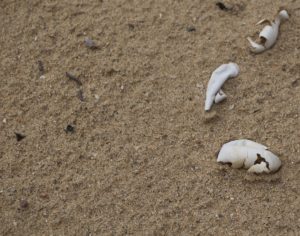 Small-but-ecologically-significant sandplains have been preserved in Hartford’s backyard. There is an easy way to reach the Windsor dunes, yet there’s more adventure in guessing your way to a path from the part of Keney Park that sits north of Tower Avenue. For one, it may mean dodging public golf course projectiles. Once in the woods, you have to make choices: jump over a brook or climb along a beaver dam? Backtrack a long distance or push through stabby Multiflora roses? Cross Meadow Brook again while guessing your way through what seems like a clearing, or take out the compass and map? Stopping too long by vernal pools invites mosquitoes in warmer months. Eventually, after going north and west enough, you see the ground rise up slightly, suggesting a change in terrain.
Small-but-ecologically-significant sandplains have been preserved in Hartford’s backyard. There is an easy way to reach the Windsor dunes, yet there’s more adventure in guessing your way to a path from the part of Keney Park that sits north of Tower Avenue. For one, it may mean dodging public golf course projectiles. Once in the woods, you have to make choices: jump over a brook or climb along a beaver dam? Backtrack a long distance or push through stabby Multiflora roses? Cross Meadow Brook again while guessing your way through what seems like a clearing, or take out the compass and map? Stopping too long by vernal pools invites mosquitoes in warmer months. Eventually, after going north and west enough, you see the ground rise up slightly, suggesting a change in terrain.
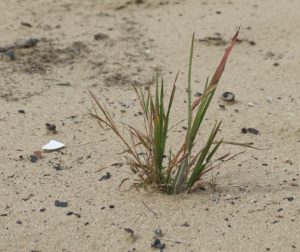 Here, the woodlands open up to expose a landscape that looks like it belongs on Cape Cod, not north central Connecticut, closer to swamps than sea. Clam and turtle eggshells are scattered throughout the sand, as are deer tracks. Human footprints are uncommon. A barred owl calls from inside the woods west of the dunes. It looks like the surrounding pines go on for miles. Sirens and the Interstate, still audible, are muffled considerably.
Here, the woodlands open up to expose a landscape that looks like it belongs on Cape Cod, not north central Connecticut, closer to swamps than sea. Clam and turtle eggshells are scattered throughout the sand, as are deer tracks. Human footprints are uncommon. A barred owl calls from inside the woods west of the dunes. It looks like the surrounding pines go on for miles. Sirens and the Interstate, still audible, are muffled considerably.
This sandplain is a weird remnant of 220-mile-long Lake Hitchcock, and could just as easily been erased like so many other sandplains in the state. The glacial lake — stretching from Rocky Hill, Connecticut to St. Johnsbury, Vermont — created an environment favorable to rare and endangered species like the big sand tiger beetle and dune ghost tiger beetle. In 2009, 22 regionally rare insect species were identified only in Matianuck Sand Dunes. The trap-door spider helped prevent the development of an 800-bed medium-s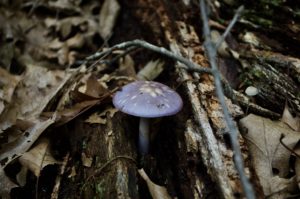 ecurity prison at the edge of Windsor, Bloomfield, and Hartford in the late 1980s, when the dominant narrative on prison overcrowding was to build more and bigger facilities.
ecurity prison at the edge of Windsor, Bloomfield, and Hartford in the late 1980s, when the dominant narrative on prison overcrowding was to build more and bigger facilities.
Beyond the array of insects, Windsor’s natural preserve has been home to the pine warbler and yellow-bellied sapsucker, the spadefoot toad, and other rare and endangered species. I could not say how many, if any, of these critters I have observed in the area, but I do know that the environment is starkly different from much else in this part of the state.
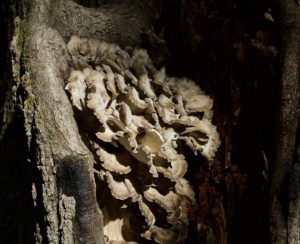 What offers the most protection, it seems, is the inconvenience of the preserve. Nothing announces its presence. Trail-heads are not obvious, even when you know where they are. When there is a trail, it’s interrupted by mud and fallen trees. This feels exactly as it should be.
What offers the most protection, it seems, is the inconvenience of the preserve. Nothing announces its presence. Trail-heads are not obvious, even when you know where they are. When there is a trail, it’s interrupted by mud and fallen trees. This feels exactly as it should be.
If you’d rather a more straightforward route to Matianuck Sand Dunes Natural Preserve Area, follow the occasionally blazed trail from behind the Park and Ride Lot on route 218.
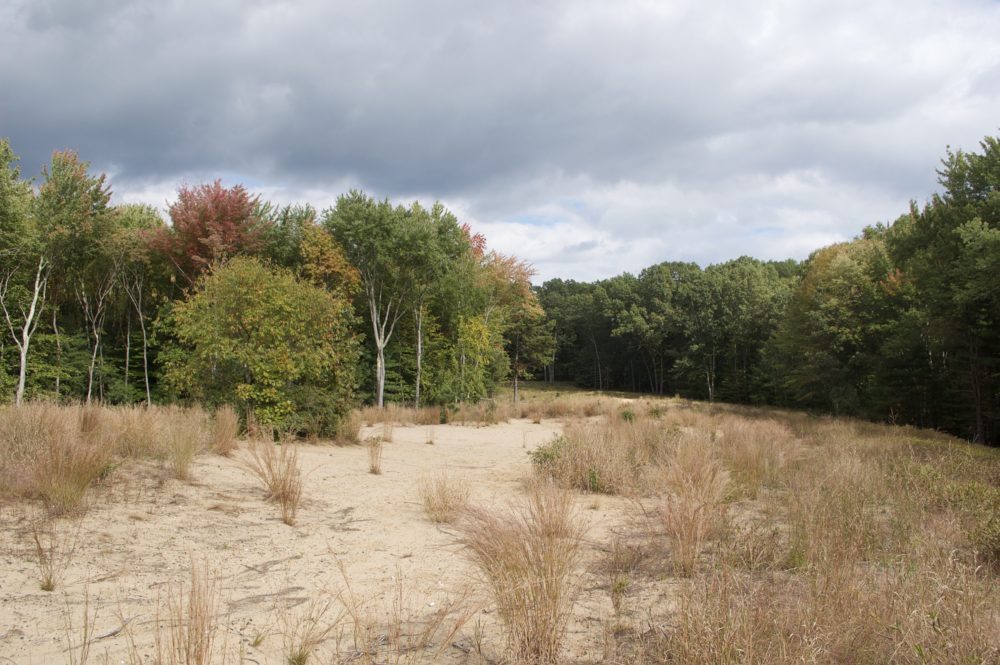


Richard Nelson
Kerri
Thank you once again for an essay on your wanderings. This is wonderful to read about a place I have never been and more than likely will never go. How amazing that there is such an area, and glad it is more or less well hidden as people always get in the way of nature. A beaver dam how wonderful! Long Live the Trap Door Spider!! Something so small can indeed stop the show.
Many years ago, the east side of the river was woodsy and wild. We spent many a summer day over there, smoking weed, laying in the sun, picking wild medical herbs and enjoying a day away from the hustle of downtown. One summer we grew some mighty fine weed, dried it in the upstairs room of our apartment and had some good home grown. Nothing like eating and smoking from your very area. More and more these wonderful areas are getting peopleized and I often wonder where do the wild things go?